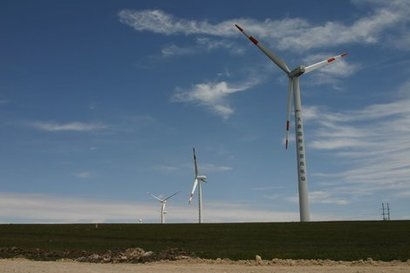
Record generation from both wind and solar as well as recent increases in hydroelectric power as a result of high precipitation across much of the West over the past winter contributed to the overall rise in renewable electricity generation this spring, while nuclear generation in April was at its lowest monthly level since April 2014.
Hydroelectric generation, which remains the largest source of renewable electricity in most months, totaled 30 billion kWh in March, the highest level in nearly six years.
Electricity generation from wind and solar has increased as more generating capacity has been installed. More than 60% of all utility-scale electricity generating capacity that came online in 2016 was from wind and solar technologies. These sources contributed to record high levels of generation from both fuels: between March 2016 and March 2017, wind generation increased by 16%, and solar generation increased by 65%. In April, solar generation continued to increase, while wind generation fell slightly. EIA’s STEO projects an increase of 8% and 40% in wind and solar utility-scale generation, respectively, in 2017.
As renewable generation has increased, net generation from nuclear power has remained relatively flat since the late 1990s. Retirements of a number of nuclear plants have resulted in a slightly lower level of overall nuclear generation capacity, and in turn, a lower level of generation.
Information first appeared in EIA
For information: EIA

